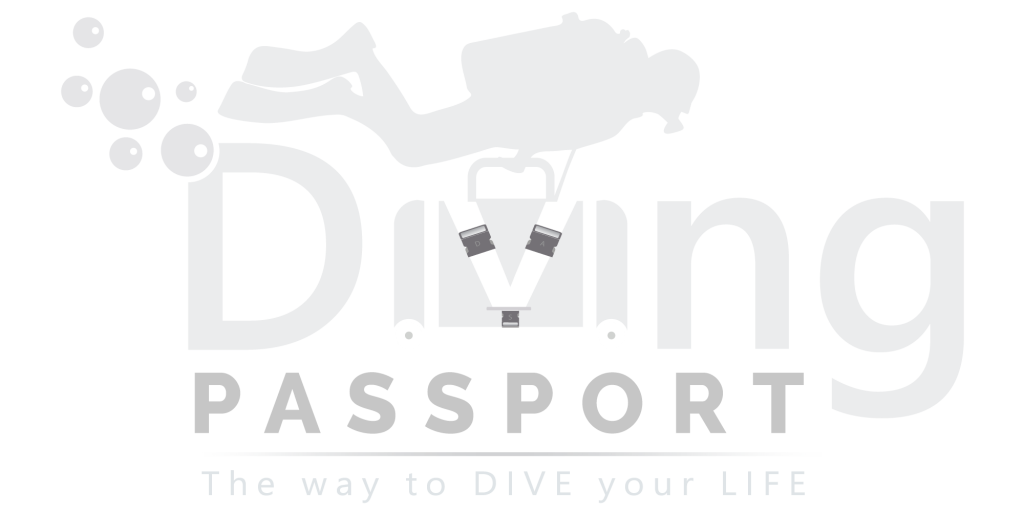Welcome!
The fringes and reefs found off Barbados blossom with healthy sponges, coral and plant life. There are several types of reefs, each one unique in its own special way. The barrier reefs, located 1/2 – 2 miles from shore contain large coral heads which form the habitat for thousands of beautiful fish and are perfect for snorkeling. Larger organisms are also found on these reefs, feeding on the smaller fish. The Hawksbill turtle can also be found on these reefs. Fringes and patching reefs are found closer to shore and have smaller coral formations and more abundant plant life then the barrier reefs. These reefs are home to Sea Horses, Frog Fish, Giant Sand Eels and many other marine creatures.
Best time to dive?
Diving conditions, including visibility, are good year-round.
The average water temperature is mid 80Fs in summer (mid-Apr to Nov) and high 70Fs in winter (Dec to mid-April).
Best time to Dive?
Diving conditions, including visibility, are good year-round.
The average water temperature is mid 80Fs in summer (mid-Apr to Nov) and high 70Fs in winter (Dec to mid-April).
- {{ listingType.name }}
- prev
- next
Do you offer Diving services?
Promote your services and connect with divers
Are you a Scuba diver?
Join and get the best benefits for your next trip
Do you offer Diving services?
Promote your services and connect with divers
Are you a Scuba diver?
Join and get the best benefits for your next trip
Sea Life
As for Barbados marine life, you may see turtles (Leatherback and Hawksbill), sharks, dolphins, lionfish, flying fish, eels, crayfish, barracudas, sea cockroaches (which is a sort of crab), sea urchins, Man O’ War (jellyfish-like) and Portuguese Man O’ War.
Dive Sites
Barbados is an excellent destination for divers of all levels – beginners learning to dive, those looking to get some scuba experience, and seasoned divers. Most dive shops in Barbados offer a full range of certified courses for any skill level.
And even the most experienced divers will benefit from teaming up with a local dive shop to locate the best sites & get insider tips!
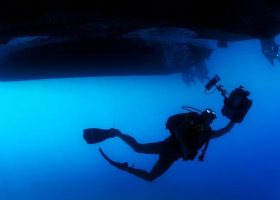
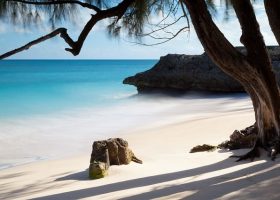



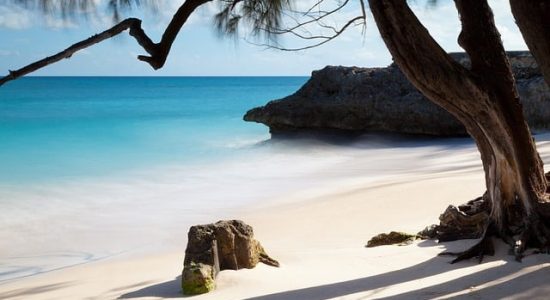
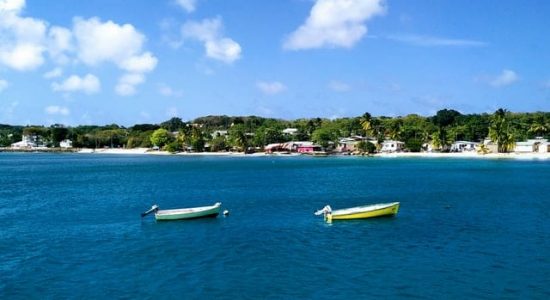
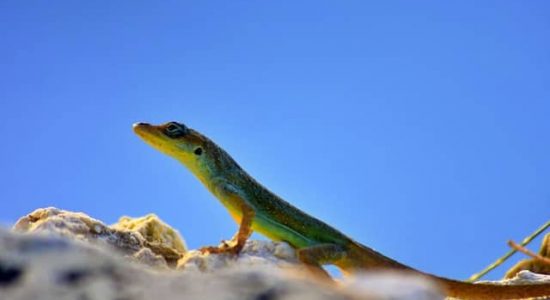
SS Stavronikita
a 365ft Greek freighter that was deliberately sunk to form an artificial reef, this wreck is now home to numerous fish and corals. The Stavronikita lies in 120ft of water with the stern at 100ft and the bow at 70ft.
Bell Buoy
a dome-shaped reef varying from 20 – 60ft, it is popular for its brown coral forests, sloping corals and schools of fish. The diver will observe several coral environments, making Bell Buoy an educational and exhilarating experience.
Friars Crag
a 100ft Dutch freighter that was sunk in 1984 and lying in 55ft of water. A magnificent reef is located nearby … enjoy wreck and reef diving in one incredible experience!
Shark Bank
a coral reef reaching depths of 135-145ft. Divers will particularly enjoy seeing sea turtles and parrotfish. Don’t let the name worry you!!
Carlisle Bay
This historic bay is the site of numerous wrecks and is therefore an ideal dive location. There are four wrecks which are of particular interest – the Berwyn, Eilon, C-Trek and Fox. At this incredible dive site divers can look for tropical fish, eels, frog fish, seahorses and more! This dive is ideally suited for beginners.
Maycocks Bay
a unique site with several large coral reefs divided by stretches of white sand! Rays and barracudas frequent these waters.
Pamir
This wreck, located to the north of the island is 165ft long and 60 ft deep and offers a relaxing dive – perfect for beginners!
Dottins
a popular reef which is home to corals, turtles, barracuda and thousands of tropical fish!
Info by Barbados.org
How to Arrive
For a list of all airlines flying into Barbados, check out the Grantley Adams International Airport website (www.gaia.bb/airlines), and always check with your travel agent, or directly with your airline, for the best flight service to get you to Barbados.
